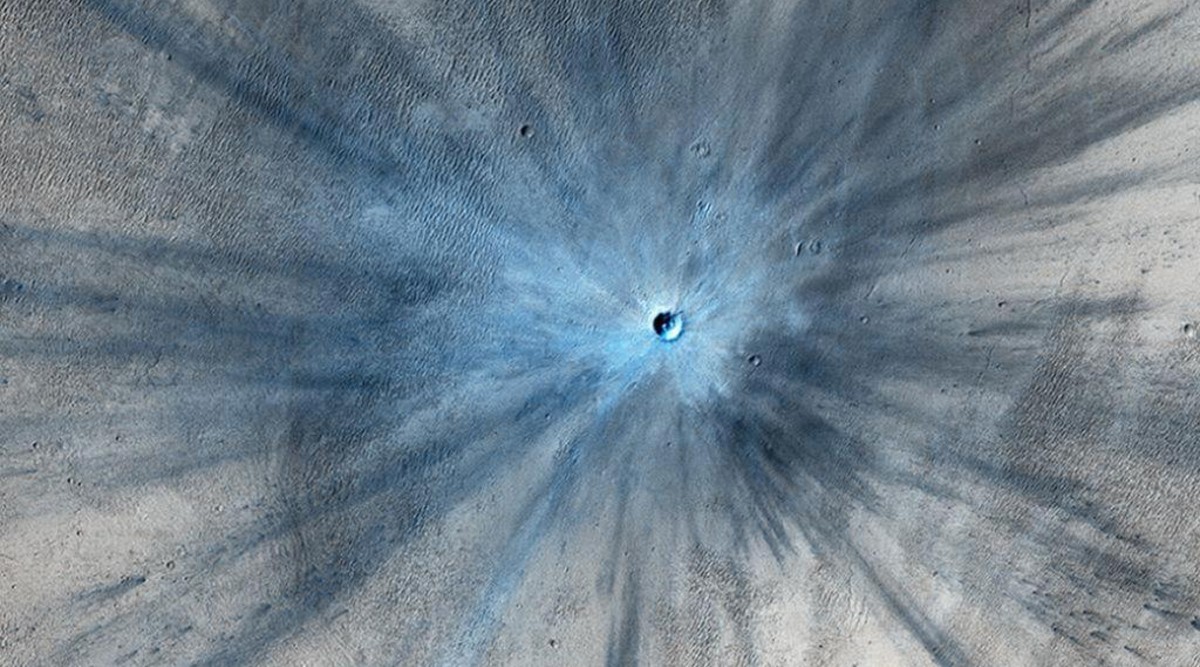 ill date, the HiRISE camera has taken 68,82,204 images filling up 194 terabytes of data. (Image: NASA)
ill date, the HiRISE camera has taken 68,82,204 images filling up 194 terabytes of data. (Image: NASA)NASA has shared close up images of Mars, taken by its Mars Reconnaissance Orbiter launched 15 years ago, on Twitter. The Orbiter was launched to study the planet’s thin atmosphere, its temperatures, underground activity, mineral capacity and more. It is able to conduct all of this research using all of the instruments on board.
Since the launch, the orbiter has become famous for all the stunning images it takes and shares of the Red Planet. It captures these images using three cameras: The Mars Color Imager (MARCI) with a fisheye lens with which a daily global view feed is generated. The Context Camera (CTX) provides black-and-white terrain shots with a range of 19 miles. All the images taken by MARCI and CTX provide context for the tightly focused images provided by the High-Resolution Imaging Science Experiment (HiRISE).
The HiRISE camera aboard the orbiter can zoom in on the planet and can take detailed colour images of the surface. Since its launch, it has taken multiple images of tumbling avalanches, skyscraping dust devils and other features of a changing landscape.
Beautiful Mars! Our Mars Reconnaissance Orbiter launched 15 years ago today to study the Red Planet’s atmosphere, weather, subsurface water, and more. But the mission might best be known for the images sent by its @HiRISE camera: https://t.co/Z7pOAes4tA pic.twitter.com/i1UdmO9FY2
— NASA (@NASA) August 12, 2020
Apart from the surface images, the orbiter has also sent back images of other NASA equipment on the planet like the Curiosity and Opportunity rovers. It has also flipped itself around to take images of the Earth and Phobos, one of Mars‘ two moons.
To date, the HiRISE camera has taken 68,82,204 images filling up 194 terabytes of data. The orbiter and all of the data it sends back to Earth is managed by NASA’s Jet Propulsion Laboratory in Southern California.
NASA in partnership with the University of Arizona allows people to pitch in on places where HiRISE should next photograph Mars. It also lets them take a look at the targets created by other people inside of a large database consisting of all past images taken by HiRISE. To access this, people are required to make an account on uahirise.org.